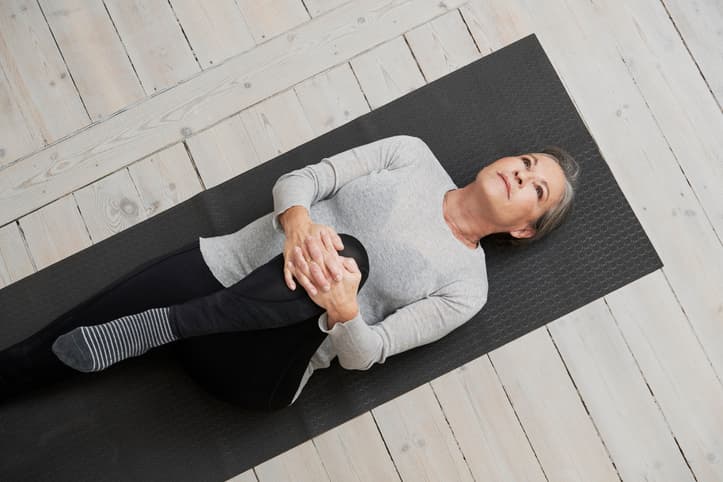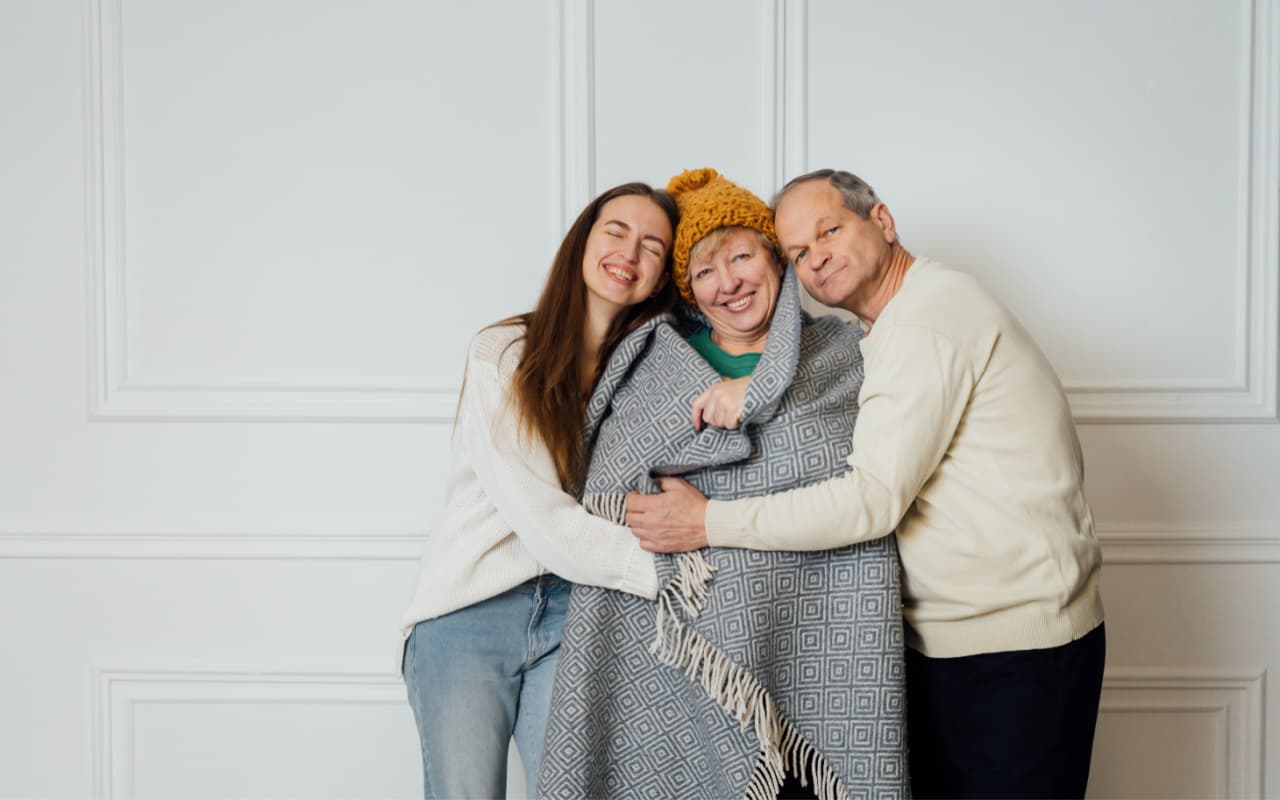Osteoporosis is a chronic medical condition that causes the bones to become weak and brittle. While it occurs in people of all ages, women 50 and older are particularly susceptible.
There's no cure for osteoporosis, but preventive screenings, like bone density tests, and healthy habits, like regular exercise and eating a balanced diet, can significantly reduce your care recipient's risk.
Since osteoporosis affects more than 44 million Americans –– the majority of which are seniors –– we wanted to discuss steps family caregivers can take to prevent bone loss and encourage optimal bone health.
What is osteoporosis?
Osteoporosis is a disease that affects the production of new bone tissue. In healthy people, bone tissue is always breaking down and being replaced. For people with osteoporosis, the body doesn't create enough new bone to substitute what was lost. Over time, that lack of new tissue increases the risk of fractures and/or collapsed vertebrae.
What are the risk factors for osteoporosis?
Several factors may increase the risk of osteoporosis, but the most common is sex.
"Females are far more susceptible to osteoporosis than men," Jason Schuster, PT, DPT, a physical therapist with experience treating osteoporosis, said. "White and Asian women who are post-menopause are the most commonly affected."
Other factors that may contribute to osteoporosis include:
Unfortunately, the condition rarely presents symptoms early on, so your care recipient might be at risk but not realize it. That's why preventive screening measures, like bone density tests, are so important.
What is a bone density test?
A bone density test determines your risk of bone loss.
Known as dual-energy X-ray absorptiometry (DEXA), or a bone density scan, the procedure is considered "the gold standard for osteoporosis testing," Schuster said.
A DEXA scan uses a series of X-rays to measure bone density in a specific part of the body, like your wrist or hip.
If your care recipient's bone mineral density is lower than what's expected in a healthy adult of the same age and sex, it means they have osteopenia (a condition characterized by low bone mineral density) or osteoporosis (more advanced bone loss).
Who should undergo a bone density test?
"You should get screened for osteoporosis if you're female, nearing menopause, or your parents have had hip fractures," Schuster said.
"For men, bone loss is much rarer, but it's still not a bad idea to get checked. That's especially true if you have a smaller frame or experience a fracture after a minor injury."
If your loved one's test suggests a loss of bone mass, it's important to monitor their condition regularly.
"Depending on the results of the scan, people typically follow up every six months," Schuster said. "If your care recipient's numbers don't really change, follow-ups might be pushed out to once a year."
What are some things that can help increase bone density?
If a DEXA test shows that your care recipient has osteopenia or osteoporosis, it's crucial you take steps to prevent the condition from getting worse. There are several ways to do that, including:
Eating a bone-friendly diet
Incorporating bone-friendly ingredients into your loved one's meals and snacks is one of the easiest ways to build bone mass. According to the Bone Health and Osteoporosis Foundation, "good-for-your-bones" foods include:
Dairy products like low-fat milk, yogurt, and cheese
Fatty fish, like tuna, mackerel, and sardines
Leafy greens, like spinach, kale, and collard greens
Foods rich in potassium, like tomatoes and bananas
Foods rich in vitamin C, like bell peppers, strawberries, and citrus
Vitamin D also contributes to bone health. Since it can be hard to consume enough vitamin D through food alone, consider taking a nutritional supplement.
Exercising regularly
Exercise is another important factor that contributes to bone health.
"Zone 2 exercises are the best activities for strengthening and repairing bone and creating new bone tissue," Schuster said.
"Zone 2 exercises cause your heart rate to reach a level where you can still hold a conversation with someone, but barely. This can be achieved with cardio and/or resistance training.
Based on Wolff's Law, stress on bone stimulates your body to remodel bone, making it stronger and less brittle."
Taking prescription medication
If your care recipient has very weak bones and they're at risk of a fracture, their primary health care provider might prescribe medication. There is a wide range of drugs designed to manage bone loss, including bisphosphonates, denosumab, and hormone-related therapy.
Conclusion
Learning that your loved one has weak or brittle bones is worrisome. Thankfully, with early intervention, osteoporosis responds well to treatment. The right medication and a commitment to healthy living can prevent the issue from getting worse and reduce the risk of fractures in the event of an accident.



